
Focus on production development
Duc Linh District ( Binh Thuan ) has 25 ethnic minority groups, with 1,071 households/4,254 people, accounting for 3.35% of the district's population. The largest group is the Cho Ro people (also known as Chau Ro) with 611 households (2,750 people), living concentrated in 2 interlaced villages, village 4, Tra Tan commune and village 7 Duc Tin. Next, the Co Ho people with 106 households, 443 people, living concentrated in village 9, Me Pu commune. Implementing the National Target Program 1719 Phase I (2021 - 2025), in addition to promoting support for granting 117 hectares of production land to ethnic minorities according to Resolution 04 of the Binh Thuan Provincial Party Committee so that ethnic minorities have land for production, Duc Linh district also cooperates with relevant sectors to support the granting of 48 high-quality buffaloes to create livelihoods for poor ethnic minorities in the district.
Implementing Sub-project 1 "Developing sustainable agricultural and forestry economy associated with forest protection and increasing people's income" under Project 3 of National Target Program 1719 in 3 communes: Tra Tan, Me Pu and Duc Tin, Duc Linh district has taken advantage of the role of organizations, village elders, and prestigious people to promote propaganda and mobilization work. Thanks to that, many ethnic minority households have accessed preferential loans from the State to invest in intensive farming, increasing crop productivity for 300 hectares of rice fields with 2-3 crops/year and hundreds of hectares of upland land; developing grasslands to raise cows and goats in the form of farms and ranches; planting rubber trees, high-yield cashews, durians, etc. to increase income. Ethnic minority workers are also encouraged to find jobs right at companies located in the district, instead of focusing on agricultural production.
Thanks to the policies and effective support of the Government and the province, the lives of ethnic minorities in Duc Linh district have been improved. Mr. Tho De, Head of the Front Work Committee of Village 4, Tra Tan Commune, Duc Linh District, said: "In Village 4, each Cho Ro ethnic person has an average income of 36 million VND/year, higher than before implementing the National Target Program 1719".
Traditional culture is preserved and promoted
In addition to promoting economic development, Duc Linh district also focuses on implementing Project 6 "Preserving and promoting the good traditional cultural values of ethnic minorities associated with tourism development" under the National Target Program 1719. Specifically, for the Cho Ro ethnic group, the locality focuses on preserving folk beliefs and cultural values of ethnic groups such as the Rice God Worship Ceremony (Yangri) and the Forest God Worship Ceremony (Yangva).
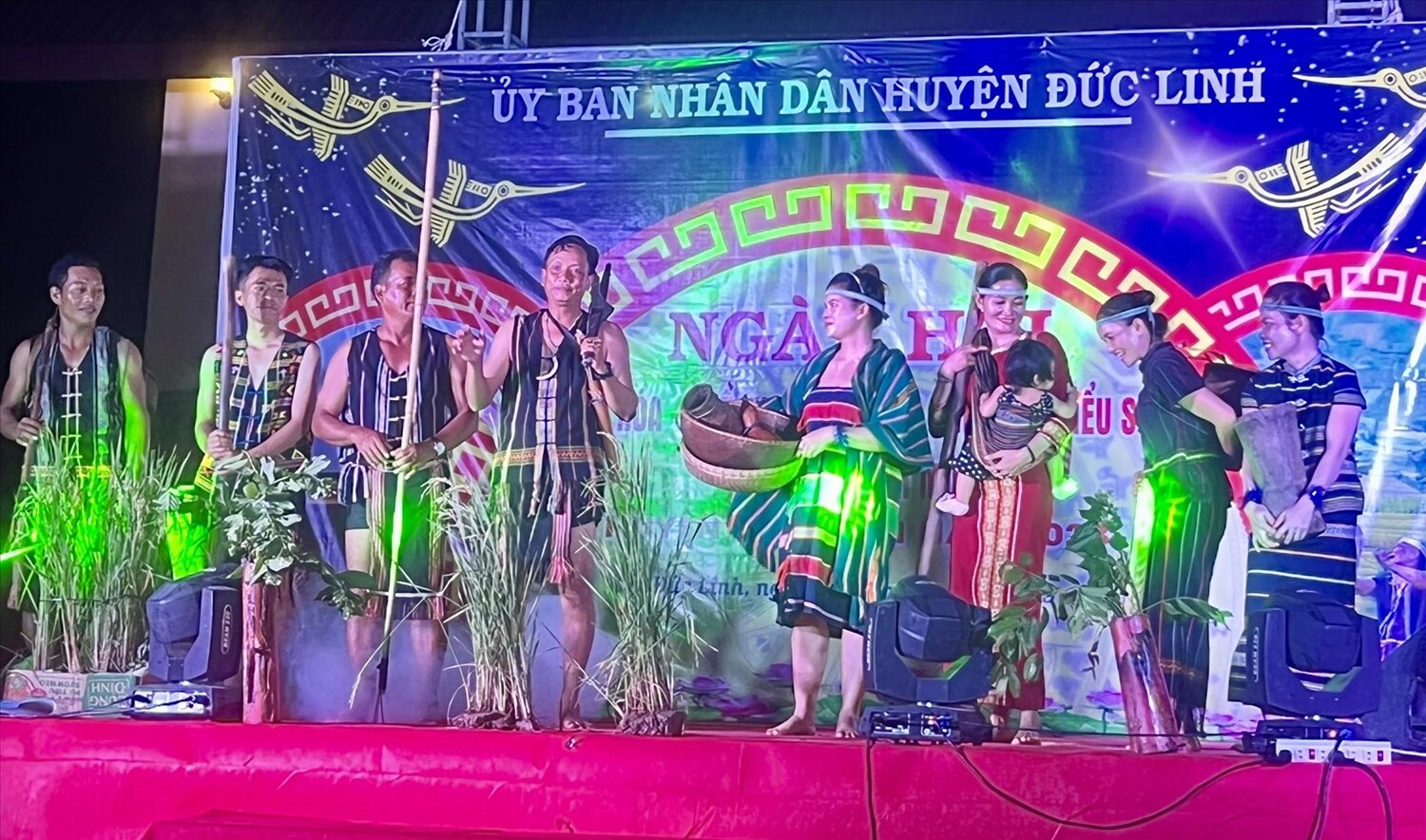
As for the Co Ho people, Duc Linh district encourages and motivates them to preserve and conserve traditional cultural rituals and activities such as: new rice worshiping ceremony, some songs and dances expressing respect to Giàng (Heaven); gong performances, sagơr drums, gourd trumpets, rattles, etc.
In addition, the locality also supports and creates favorable conditions for village elders and artisans to pass on cultural heritage to the next generation. Every year, Duc Linh district organizes the "Cultural, artistic and sports festival of ethnic minority villages" in the district to create a playground for ethnic minorities to exchange culture and sports, introduce traditional cultural beauty, thereby raising awareness of preserving and promoting national cultural heritage.
Talking about the work of preserving the gong performance art of the Cho Ro people in village 7, Duc Tin commune, Village Chief Phuong Thai said: Village 7 has 315 households, 1,553 people. In the past 10 years, thanks to the high price of rubber latex, people's income has increased, thereby improving the cultural and spiritual life of the people.
The Cho Ro people in village 7 attach great importance to preserving intangible cultural values, including the art of gong performance. Village officials coordinate with the people to inventory the number of gongs in each household and thoroughly educate the people to preserve gongs as family treasures. The village gathers a number of elderly women and men who know how to perform gongs to unify the melodies and opening methods of the performance, ensuring that the art of Cho Ro gong performance does not mix with the gong performances of other ethnic groups: Ede, Raglay, Co Ho, etc.
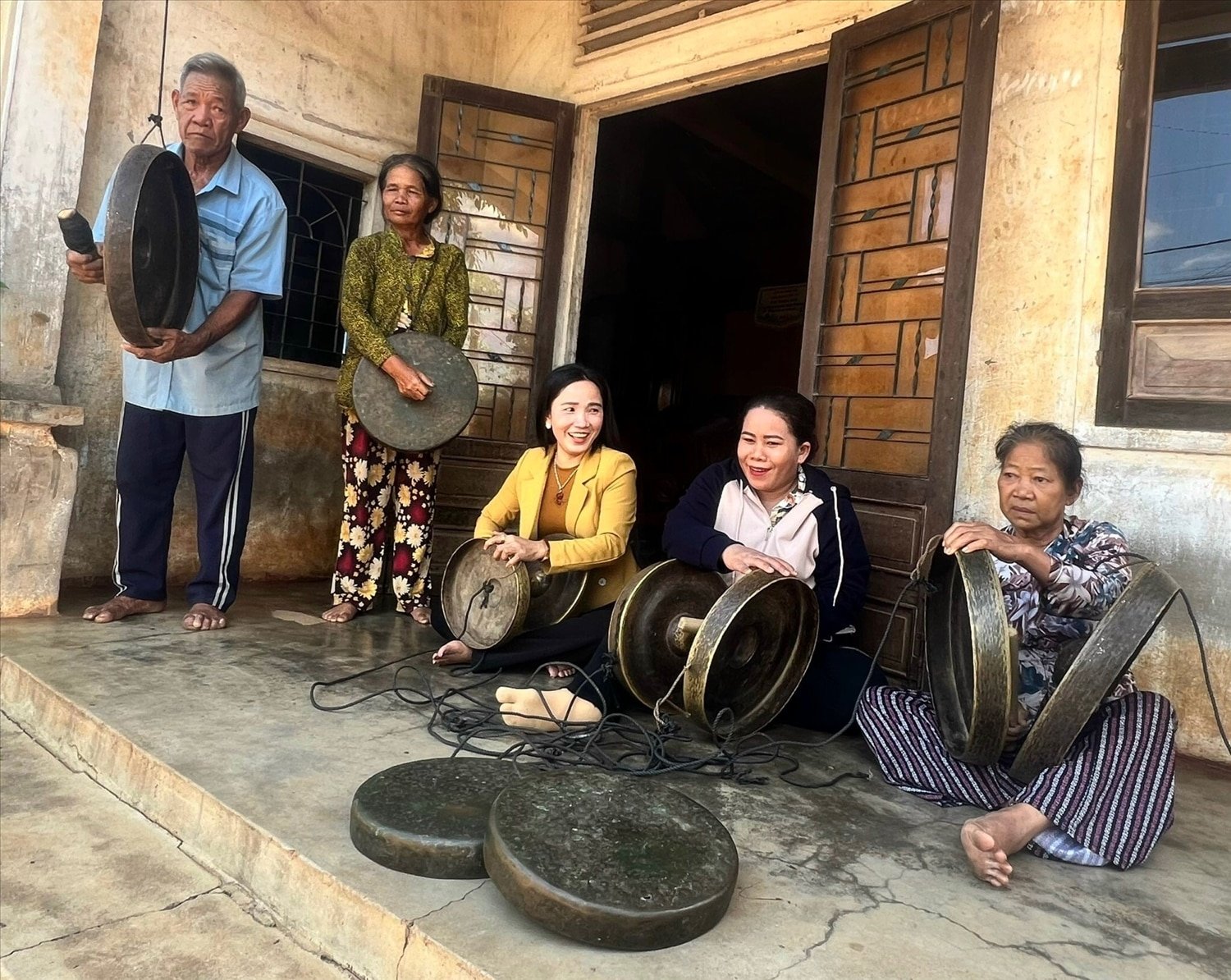
Ms. Phuong Thai added that over the past 20 years, the gong team of village 7 has always been chosen by Duc Tin commune as a "representative" to participate in festivals and gong competitions in the district. For the Cho Ro people, gongs are the soul of national culture. Gongs play a leading role in the musical instruments of the Cho Ro people. The characteristics of the Cho Ro gongs include 7 pieces with 5 performers. When performing, the person playing the small gong will follow the lead of the mother gong. Up to now, the gong culture of village 7 has been preserved, not mixed with other modern cultural forms.
After each hard-working season, when the harvest is over, the sound of gongs and drums resounds to invite the villagers to attend the festival. Whenever the Co Ro people in the village hear the two leisurely or rapid sounds of “binh bong”, their feet want to quickly step out of the house to go to the place where the festival is taking place.
In her conversation with us, Ms. Phuong Thai did not forget to introduce village elder Luu Van Lo, a gong performer with a "soul". Sharing with us, Mr. Lo said that in village 7, there are currently 3 families with a complete set of gongs. The best set is the husband and wife gong set of the Mang Pho and Mang Thi Son families.
This gong set is over 70 years old and has been passed down through two generations. In the past, Mrs. Son’s mother was very good at playing gongs and passed the technique on to her daughter. Meanwhile, Mr. Mang Pho was very good at adjusting the handle so that the sound of his mother’s gong could resonate as far as the waves. Both husband and wife were very skillful performers.
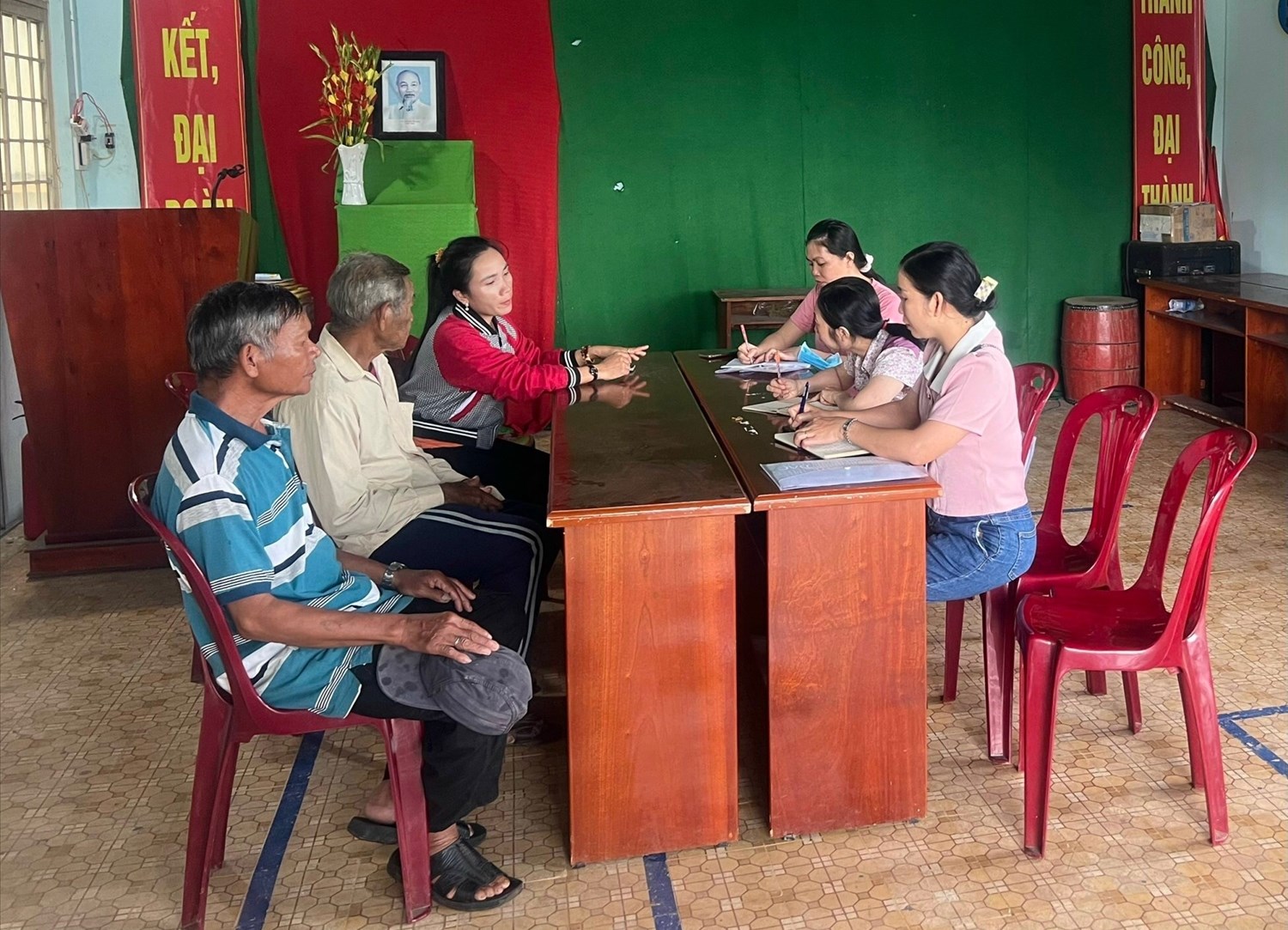
While we were testing the sound of the gongs and the mother gong, Ms. Phuong Thai called Ms. Quach Thi Dam, the wife of the village elder who lived nearby, to come and perform. The performance space was Ms. Son’s porch. Mr. Mang Pho played the mother gong, Ms. Son played the child gong, Ms. Phuong Thai played the child gong… The sound of the gongs resounded loudly throughout a corner of the village…
Resources of the National Target Program promote the development of ethnic minority areas in Binh Thuan province


![[Photo] General Secretary To Lam visits exhibition of achievements in private economic development](https://vphoto.vietnam.vn/thumb/1200x675/vietnam/resource/IMAGE/2025/5/18/1809dc545f214a86911fe2d2d0fde2e8)
![[Photo] More than 17,000 candidates participate in the 2025 SPT Competency Assessment Test of Hanoi National University of Education](https://vphoto.vietnam.vn/thumb/1200x675/vietnam/resource/IMAGE/2025/5/17/e538d9a1636c407cbb211b314e6303fd)



![[Photo] National conference to disseminate and implement Resolution No. 66-NQ/TW and Resolution No. 68-NQ/TW of the Politburo](https://vphoto.vietnam.vn/thumb/1200x675/vietnam/resource/IMAGE/2025/5/18/adf666b9303a4213998b395b05234b6a)




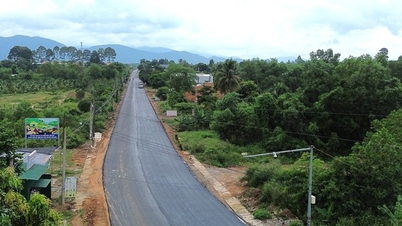







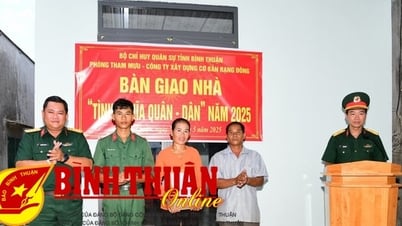










![[Infographic] Numbers about the 2025 High School Graduation Exam in Dong Thap Province](https://vphoto.vietnam.vn/thumb/402x226/vietnam/resource/IMAGE/2025/5/17/c6e481df97c94ff28d740cc2f26ebbdc)
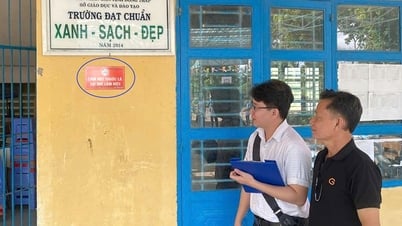

![[Photo] Prime Minister Pham Minh Chinh chairs meeting on science and technology development](https://vphoto.vietnam.vn/thumb/1200x675/vietnam/resource/IMAGE/2025/5/17/ae80dd74c384439789b12013c738a045)




















































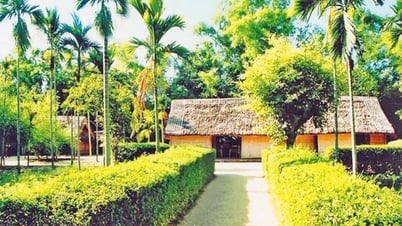












Comment (0)